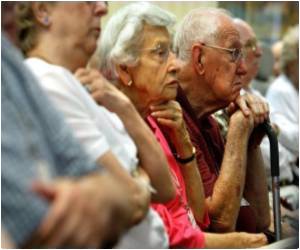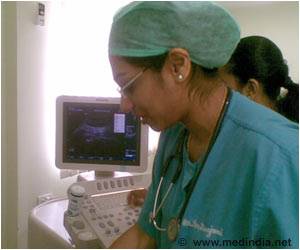Latest study discovered that the chances of elderly patients getting any pain medication in hospital emergency departments is lesser than middle aged patients.

For example, among older adults reporting severe pain, 67 percent received pain medication, compared to 79 percent of middle aged patients with severe pain.
"We're not exactly sure why this happens," Platts-Mills said. "It may be because physicians are more concerned about potential side effects in this population.
"To us, the gap we observe in pain management for older patients highlights the need to better understand how best to manage pain in older patients and understand the barriers to doing this. All patients, regardless of age, deserve to have relief from pain, especially when it is severe. Our group is actively investigating the side effects of commonly used pain medication and the impact of pain on functional outcomes after injury in older adults. We think that for most older emergency department patients providing effective treatment for acute pain is likely to result in a substantial net benefit," Platts-Mills said.
The study was published online ahead of print by the journal Annals of Emergency Medicine.
Emergency departments (EDs) are an important source of acute care for older adults, with over 20 million ED visits by patients 65 and older each year. Almost half of these visits are for the evaluation and treatment of pain.
Advertisement
Their results show that 49 percent of patients 75 and older received an analgesic (such as morphine, oxycodone, or ibuprofen), compared to 68.3 percent of middle-aged patients. Similarly, 34.8 percent of the elderly patients received an opioid (such as morphine or oxycodone) compared to 49.3 percent among the middle-aged.
Advertisement
Platts-Mills said further research is needed to better understand the long-term impact of acute pain management for older emergency department patients, assess strategies to minimize adverse effects from pain medications, and examine the role of non-pharmacologic pain management for this population.
Source-Eurekalert













